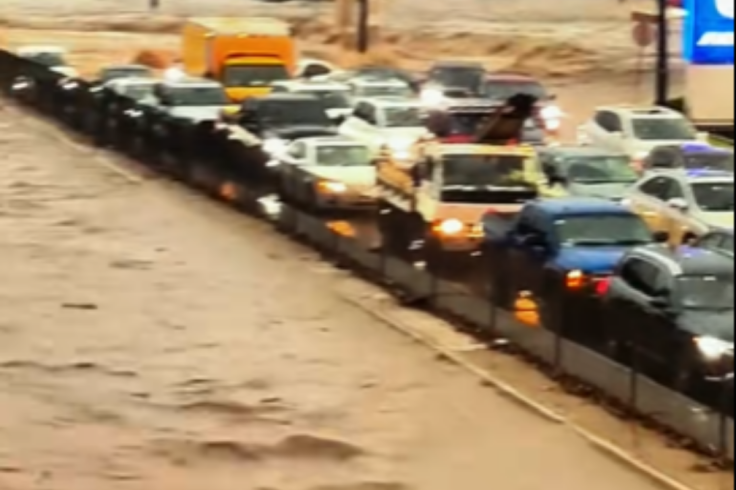Flash Floods Hit New York and New Jersey, Causing Travel Chaos and Road Closures
Deadly flash floods cripple transport and spark emergency response across New York and New Jersey

What began as an ordinary summer afternoon quickly turned chaotic across parts of New York and New Jersey on Monday, 15 July, as a powerful band of storms unleashed flash floods that drowned streets, stalled public transport, and forced emergency crews into high gear.
In New Jersey, officials declared a state of emergency after two people were confirmed dead in floodwaters. In New York City, no fatalities were reported, but hours of relentless rain kept flash flood warnings in place and neighbourhoods bracing for the worst.
Rain Fell Too Fast to Contain
In northern New Jersey, including towns like Plainfield and North Plainfield, rain fell at staggering rates—more than 2.6 inches in just an hour. Some places saw even higher totals. Streets vanished under brown water. Cars were abandoned mid-road. Basements and ground floors quickly took in water as residents scrambled to protect what they could.
Across the Hudson, New Yorkers faced a similar scene. In the city's sprawling underground, video footage showed floodwater gushing into subway stations. Platforms turned into shallow pools. Several train lines were suspended or delayed, and MTA workers worked well into the night to drain water from the tracks.
Air travel wasn't spared. At LaGuardia Airport, one terminal briefly flooded, prompting confusion. While early reports suggested a full shutdown, officials later clarified that only ground stops and delays were issued—no terminal was closed.
@disastersworld11 Massive Storm and Flooding hits New York and New Jersey USA Today 2025 #flood #flooding #newyork #newjersey #newyorkflooding #newjerseyflood #flashflood #storm #newyorkstorm #weather #severeweather #news #foryou #viral
♬ original sound - Disaster Today
Crews on Alert as Calls Poured In
Emergency responders in both states faced a surge of calls. In New Jersey, teams pulled drivers from submerged cars and checked homes for trapped residents. The two confirmed deaths were the only reported fatalities by Tuesday morning.
In New York City, the brunt of the storm hit Brooklyn and Queens. Flash floods closed off major roads and swamped low-lying underpasses. Several schools closed early or cancelled after-school programmes, and city workers were sent home as conditions worsened.
A Record Storm in a Familiar Pattern
Meteorologists described the storm as 'historic'. In Central Park alone, rainfall topped 2.6 inches in a single hour—one of the city's highest ever recorded in that timeframe. Even in a city hardened by weather, the intensity caught many off guard.
Experts say this kind of storm is no longer rare. As the climate warms, sudden downpours are becoming more intense. While this event hasn't been directly linked to climate change, it fits a troubling pattern that includes disasters like the deadly floods brought by Hurricane Ida in 2021.
After the Flood, the Clean-Up
By Tuesday, much of the water had drained away, but the recovery had only just begun. Some rail lines remained disrupted, roads stayed closed in parts of New Jersey, and inspectors began tallying the cost to infrastructure.
The National Weather Service warned that more storms could hit later in the week. For now, officials in both states are reviewing emergency protocols and looking again at the systems meant to protect flood-prone areas.
For many, the storm served as a jarring reminder: even without hurricanes, a summer sky can turn against the city in a matter of minutes.
© Copyright IBTimes 2025. All rights reserved.





















